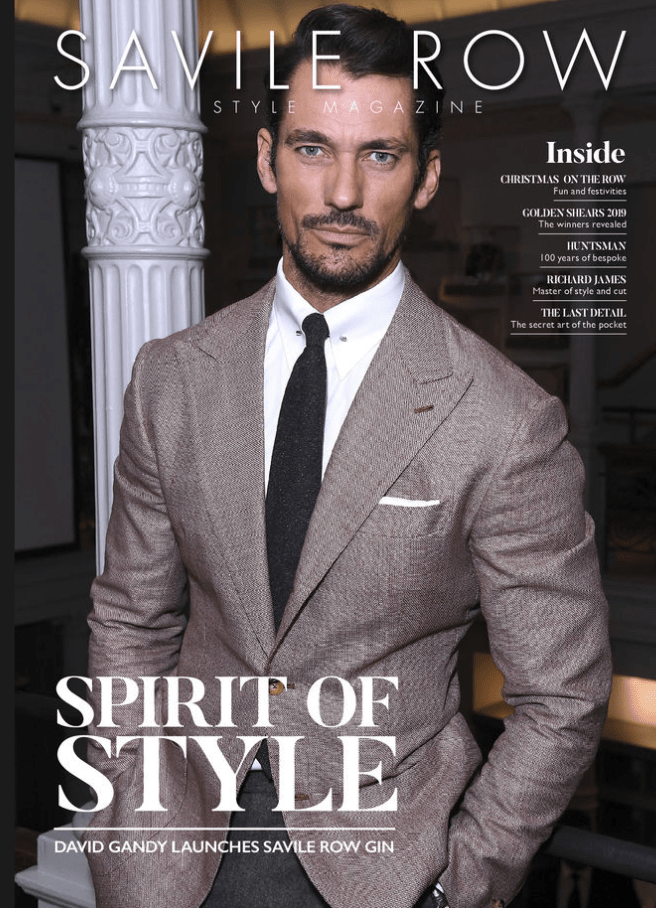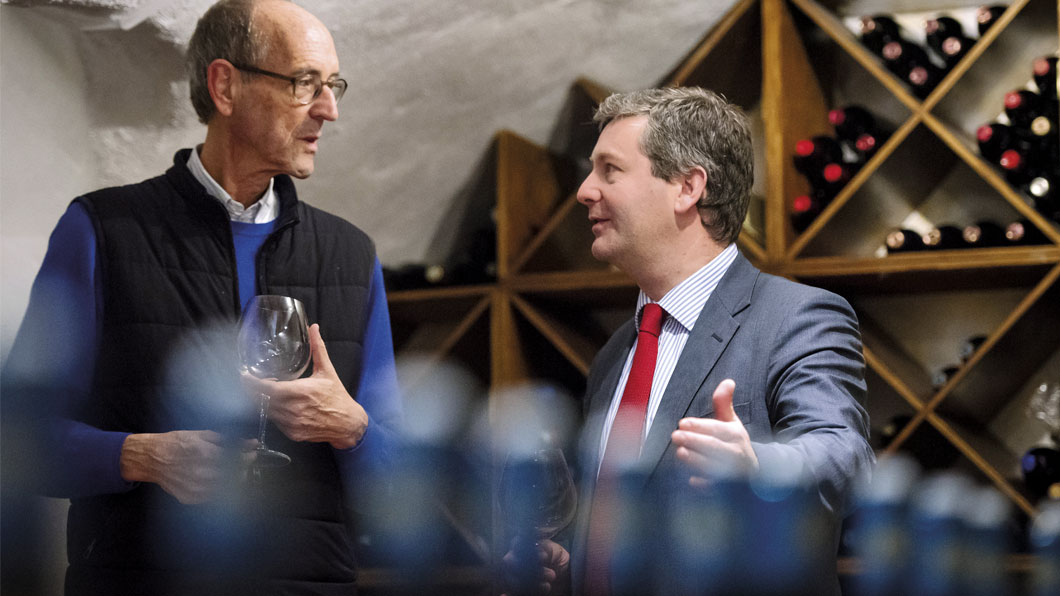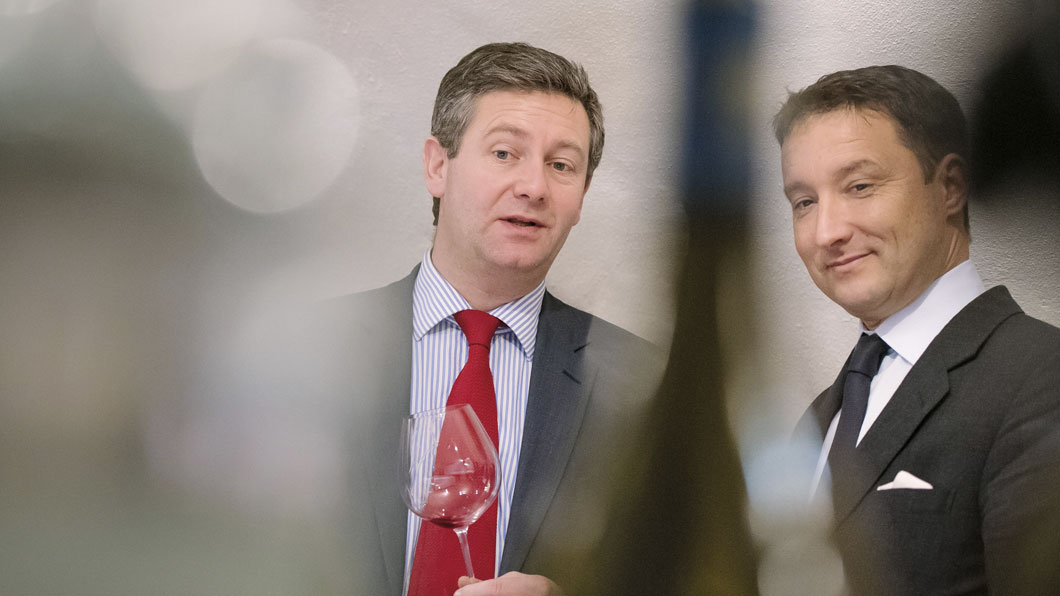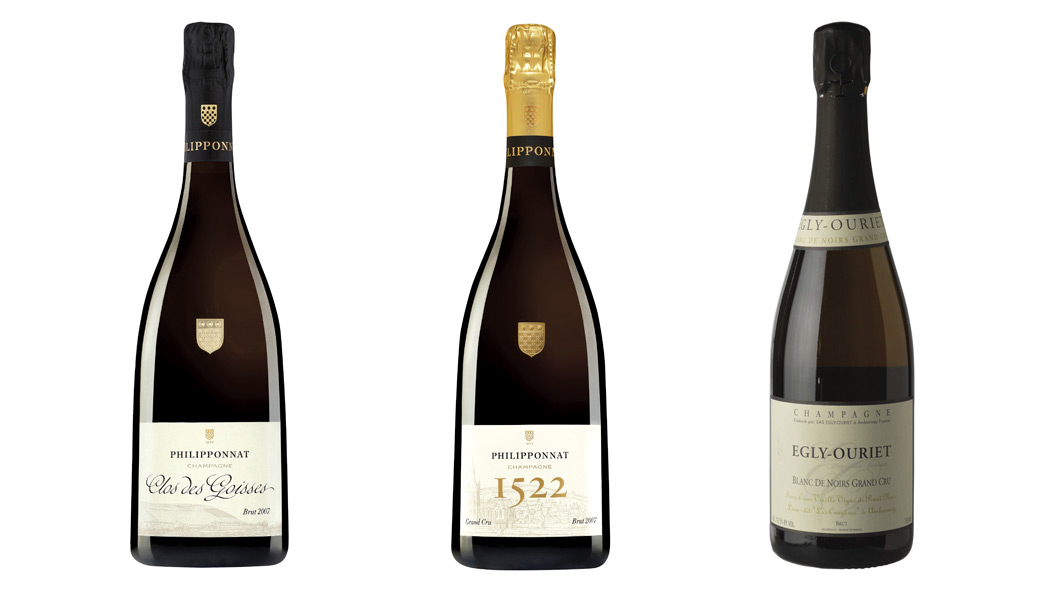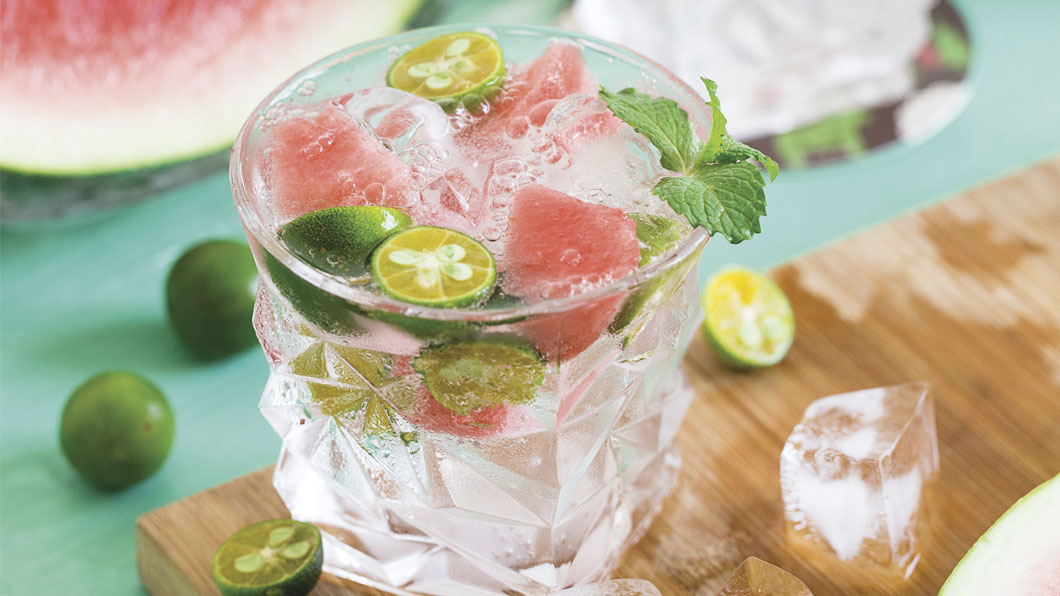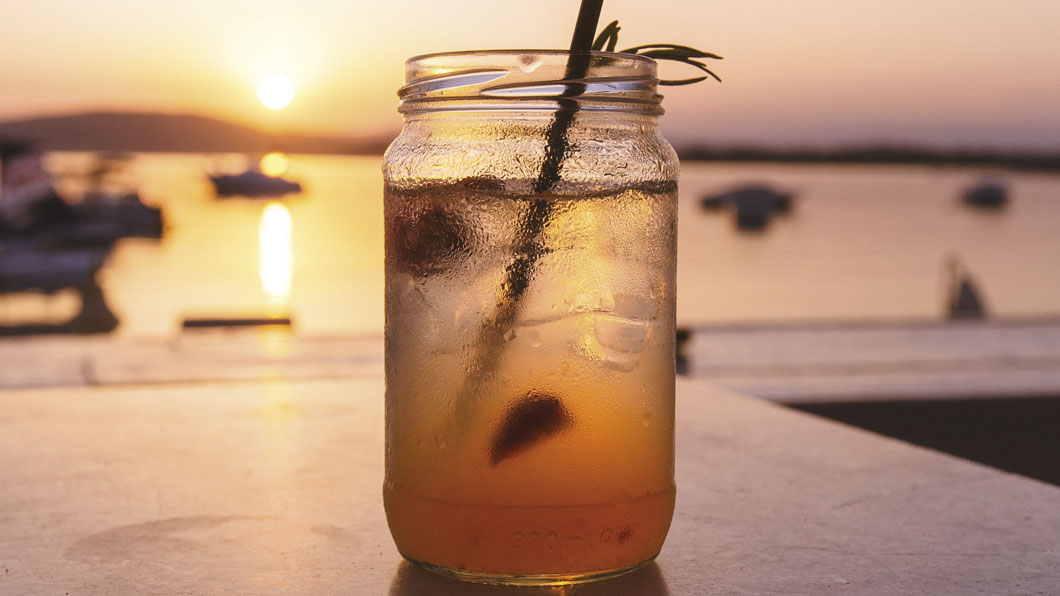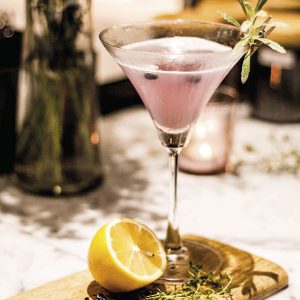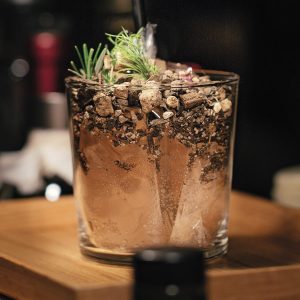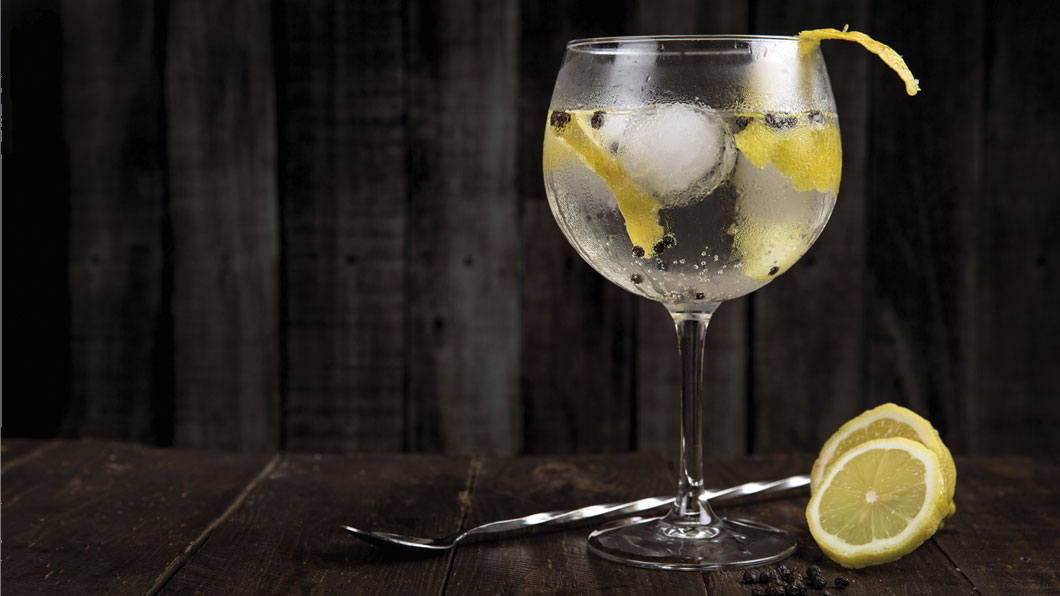How Savile Row gained its own gin brand – an interview with founder Stewart Lee
Gin is the quintessential London drink and Savile Row Gin embodies the classic style of the capital, so to combine the two creates a product that just oozes elegance and crafted excellence. But the exquisite union nearly didn’t happen. Tim Newark meets Savile Row Gin founder and CEO, Stewart Lee
I had a heart stopping moment,” says Savile Row Gin founder Stewart Lee. “The whole project depended on getting the whole-hearted support of Savile Row tailors. At lunch at Brown’s I told Angus Cundey MBE about it, and for the longest ten seconds of my life, he took a deep pause…”
Affectionately known as the “Godfather of the Row,” Mr Cundey is Chairman of one of Savile Row’s most prestigious and original tailors, Henry Poole & Co. “He cocked his head to one side and then said yes, he thought it was a wonderful idea.”
It was only fitting then that I should interview Stewart Lee at Henry Poole to get the inside story of the exclusive coupling, surrounded by portraits of historic clients, including Sir Winston Churchill, and a framed facsimile of a cheque signed by author Charles Dickens for £15 of tailoring. A bronze imperial French eagle happens to hang behind the counter, a gift from Emperor Napoleon III, who was their first royal client when they opened their shop in the vicinity in 1828.
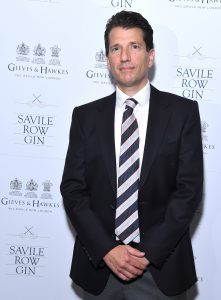
Founder Stewart Lee: brand enjoys a unique personality
“As publisher of Savile Row Style magazine, I’ve worked with the Row for many years,” says Stewart. “It was important I got the support of several prominent members of the Savile Row Bespoke Association, including key figures like Angus Cundey. I was determined to uphold their values of quality, their appeal to the public, and, of course, promote bespoke men’s tailoring. I think my magazine work enabled me to gain their trust for this new venture.”
Distilled in traditional copper pots under the expert eye of award-winning distiller Rob Dorsett, Savile Row Gin is a blend of 12 botanicals, with traditional juniper matched with the freshness of coriander and a unique citrus hint of kumquat. A key part of its distinct character is its witty glass design.
“You look at the bottle and you can see the broad shoulders narrowing down like a suit. You might think it would be easy choosing a bottle but we saw it as vital way of establishing the unique personality of the brand.” Next came the label.
“We used a Goudy Old Style serif font which is very much going back into the heritage of Savile Row. Then we thought about what does every Savile Row tailor possess as the distinctive tool of their trade? We thought scissors but then, of course, crossed needles and thread came to us and we’ve picked them out in gold foil on the label. We worked with top designer Micha Weidmann Studio to ensure the bottle epitomises Savile Row, not too loud, very stylish and elegant. We are very proud of that branding.”
The association will be further enhanced when bottles are wrapped in a gift bag packaging made of Winston Churchill pinstripe cloth cut and designed on Savile Row. On that detail alone, I can see it becoming the perfect present for any admirer of the great man.
Already, Savile Row Gin has attracted several key partners including Jack Barclay Bentley, Bonhams, and London Fashion Week Men’s, operated by the British Fashion Council. “Savile Row is an iconic brand and we want to work with other iconic brands in the area,” says Stewart.
Indeed, the gin’s first exposure to the public was at LAPADA, the high profile art fair in Berkeley Square in Mayfair. “I couldn’t believe my luck,” he recalls. “At first they said no way, they knew me but they didn’t know the gin. I’ve been the publisher to LAPADA for 15 years, producing their official catalogue before they were even in Berkeley Square. I gave them a nudge and nothing happened, then about four weeks before the fair they phoned me up and said though they’d not tasted it yet, I’d produced good publications for them and they trusted me to produce a damn good gin too!”
Stewart had the gin sponsorship for the fair and it turned out to be a gamble well worth taking.
“The immediate response to the drink and brand was fantastic. You’re always worried that you’ll see half-full glasses lying around, but everyone loved it and wanted more. We were delighted and deeply privileged to be launched there in the heartland of Mayfair in Berkeley Square, one of the most iconic squares in London and very fitting for Savile Row Gin”
Since then it has been served at leading events, including a drinks reception at Kensington Palace. “For our gin brand to be served at a royal residence was a real honour.”

David Gandy: the brand’s ambassador
As a publisher, he produced the Queen’s Diamond Jubilee official programme in 2012.
For Stewart, it is the realisation of a personal dream. “I was out with some friends and must admit it first came to me one evening over a few gin and tonics,” he laughs. “I’ve always loved gin and there are some amazing gins out there. It was just that eureka moment.
“My whole career has been in magazine publishing and I’ve felt for some time that I was looking for a new challenge. With my business experience and contacts, I felt I wanted this to be something social, something fun. Something I could grow and work with friends and business partners and they have already contributed valuable advice.”
Top male model David Gandy is a partner in the business and is lending his elegant good looks to promoting the drink, while fashion guru and style consultant Robin Dutt immediately appreciated the special combination. “Savile Row Gin has been specially crafted as a suit of quality must always be,” he notes. “A Savile Row suit is unique and Savile Row Gin has a distinct hallmark when it comes to an individual taste.”
Part of its genius is that it feels as though it has already been around forever.
“Savile Row as a moniker of sartorial elegance goes back over 200 years and is respected the world over,” says Robin. “Every tailor is unique and all are part of the Savile Row family.”
Stewart agrees. “A Savile Row suit will last a lifetime. I was once talking to Michael Skinner, Chairman of Dege & Skinner and he opened up his suit jacket and proudly showed me the label dating back to 1975. It looked as good as if it had been made yesterday.”
Dege & Skinner recently celebrated its 150th anniversary, tracing its history back to Jacob Dege, a German immigrant who came to London in 1855, quickly building a fine tailoring business in nearby Conduit Street. His son then met a young Englishman called William Skinner, whose family was trading in Jermyn Street and a tailoring legend was established. Just as Savile Row can trace its history back over centuries, so can gin. Originally distilled in Dutch cities in the 16th century, it became a quick favourite with English soldiers who liked a sip of it before battle, hence the phrase “Dutch courage”.
When Dutch King William became a British sovereign, gin became a fashionable drink in London. So much so that 7,000 gin shops rapidly opened across the capital in the 18th century. When a gin tax was imposed, there was rioting in the streets and the duty was later reduced.
Gin is still a vital part of Brand UK, just like Savile Row. “So highly regarded is this street around the world, that in Japan a suit is apparently referred to as ‘Sebiro’,” reveals Robin Dutt, “a delightful accolade.” Henry Poole and other tailors have already opened branches in China and the growing Asian market. Stewart must be hoping his gin literally follows suit.
He added: “The idea is to start in the heartland in Mayfair but then appeal to people across the country and then hopefully around the world—why not?”
The British Empire originally helped spread the classic pairing of gin and tonic. In tropical colonies, the anti-malarial quinine was dissolved in carbonated water to make tonic water.
For the perfect gin and tonic, Stewart recommends combining 50ml of Savile Row Gin with 150ml classic Indian tonic water, finished off with a slice of pink grapefruit and a mint leaf. “You could almost call it tailored perfection,” he quips. “Our gin is very smooth and I believe it’s a very good sipping gin as well.”
Gin is the quintessential London drink and




